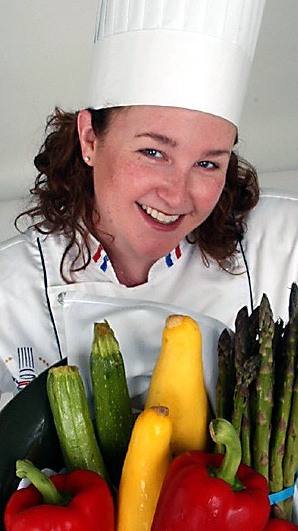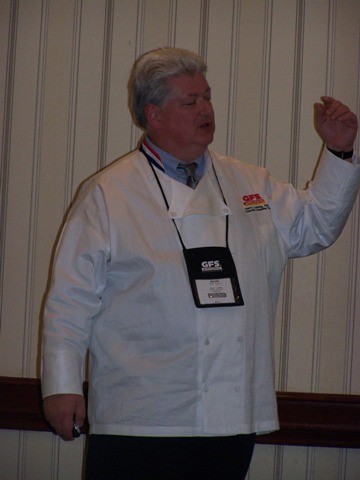Guest Speaker: Why Networking Is So Important for Career Growth
Monday, 05 April 2010 18:06By Laura Vaughn, MCFE
 Encouraging students to participate in professional organizations can help them excel in their careers.
Encouraging students to participate in professional organizations can help them excel in their careers.
As president of the Northern Illinois branch of the International Food Service Executives Association (IFSEA) and a culinary educator, I recognize the value of participating in a professional organization. Students and recent graduates, however, can also benefit from belonging to IFSEA, even if their careers in the culinary industry have yet to begin.
Finding jobs in today's market is difficult, and making professional connections is often instrumental to getting one’s foot in the door and advancing in the industry. IFSEA supports students in networking and mentorship, and the more they participate, the greater the benefits to their careers.
My role as a culinary educator is to train students to master the foundations of their craft so they can get a job. But technical skills are only a portion of the tools needed for successful career growth in the hospitality or culinary industry. I'm often asked, “What are some skills that I need to climb the ladder” in order to rise to the top of the field? My reply is this: Mastering the basics of the culinary arts is important, but equally important is making contacts within your chosen field, and learning how to interact professionally with those contacts.

 The fourth-annual Student Culinology® Competition at RCA’s 2010 conference exemplified the blending of culinary art and food science.
The fourth-annual Student Culinology® Competition at RCA’s 2010 conference exemplified the blending of culinary art and food science. The keynoter at the recent RCA Conference & Culinology Expo also said lowering sodium will be the next big health issue among Americans, mushrooms are a vitamin D “powerhouse,” and not every olive oil offers equal benefits.
The keynoter at the recent RCA Conference & Culinology Expo also said lowering sodium will be the next big health issue among Americans, mushrooms are a vitamin D “powerhouse,” and not every olive oil offers equal benefits. Successful operations today communicate flavor, attitude and spirit, and are using less-expensive ingredients far more than before. Say hello to serving lunch on the loading dock, and goodbye to the toque.
Successful operations today communicate flavor, attitude and spirit, and are using less-expensive ingredients far more than before. Say hello to serving lunch on the loading dock, and goodbye to the toque. Create protein combinations that are low in saturated fat, high in fiber and from a mix of sources to get a “complete” protein.
Create protein combinations that are low in saturated fat, high in fiber and from a mix of sources to get a “complete” protein.